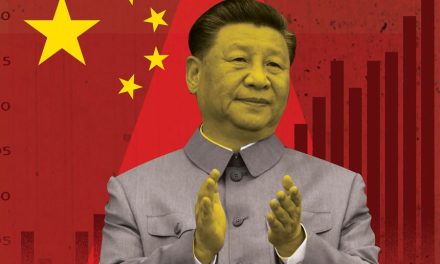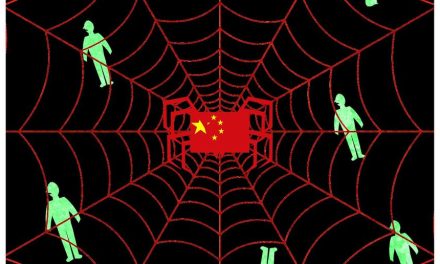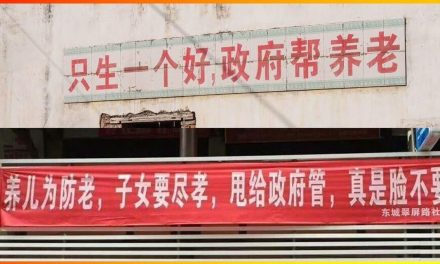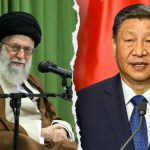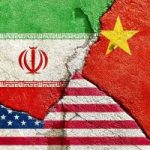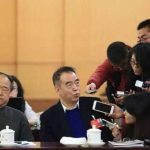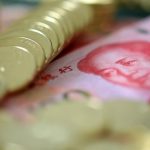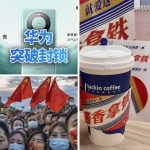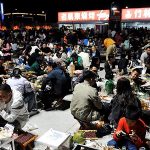Wiping out the memory of “Zero Covid”
Following the lifting of the zero-covid policy, PCR testing booths throughout the country have been gradually dismantled, with those in the center of Shanghai disappearing almost overnight this week. At the recent National People’s Congress sessions, representatives proposed the complete deletion of Health Code data within a specified timeframe.
On March 1, the People’s Daily announced China’s “decisive victory” against COVID-19. While China claims to have the lowest COVID-19 death rate among all nations, experts from around the world estimate that the actual death toll from COVID-19 in China could be dozens of times higher than the official figures suggest. As with any human disaster under the CCP regime, the actual death toll is likely to remain shrouded in mystery. The CCP’s propaganda strategy is to accentuate the positive and encourage people to look ahead. They are well aware of this and know that, in a few years, the obedient populace will have forgotten the calamity that transpired, just as the CCP regime successfully erased the historical traces of the Tiananmen massacre in 1989. The vast majority of young Chinese today remain unaware of this tragedy that shook the world.
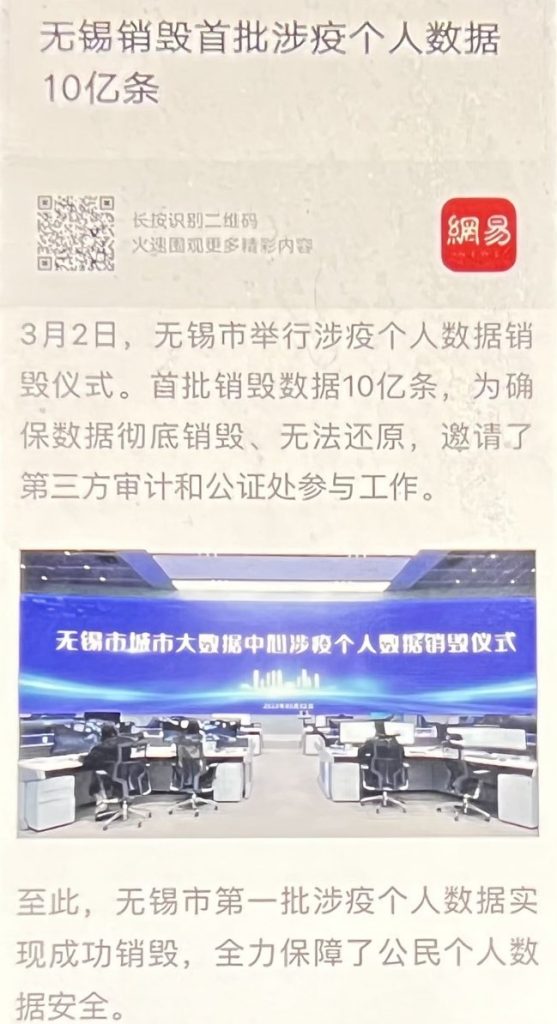
On March 2, a ceremony was held in Wuxi City to dispose of Covid Health Personal data.
Retirees return to the workforce
According to the “China Pension Research Report” released by the Insurance Industry Association of China, there is a projected shortfall of an astounding 8 trillion to 10 trillion yuan in China’s pension insurance funds over the next decade. To alleviate the economic burden on the elderly, the government is encouraging “young seniors” in their 50s and 60s to return to work after retirement and use their experience to create value. While this policy aims to benefit older citizens, it may worsen the already high unemployment rate among young people in China by exacerbating competition for jobs.
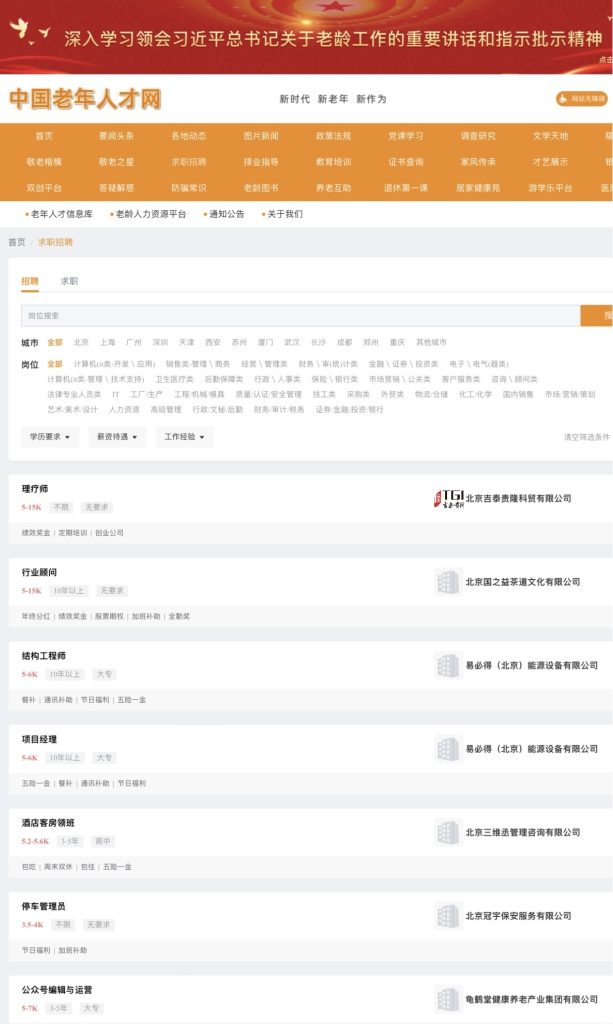
https://www.zglnrc.org.cn/#/jobs
Employment Information from the China Senior Talent website.
New highlights for China’s exports
Despite sluggish demand in Europe and America, China’s home-appliance exports to ASEAN have seen significant growth, thanks to favorable factors such as the continuous reaping of dividends from the Regional Comprehensive Economic Partnership (a free-trade agreement involving China, other nations in East Asia, Australia and New Zealand) owing to broader economic recovery there. As a result, ASEAN has gradually become China’s largest trading partner. According to the latest data released by the China Chamber of Commerce for Machinery and Electronics, in the first 11 months of 2022, China’s exports of home appliances to the 10 ASEAN countries totaled US$11.25 billion, representing a year-on-year increase of 15.7%. In fact, trade between China and Southeast Asian countries, including Thailand, Vietnam, and Laos, has deepened, and ASEAN has now replaced the United States as China’s largest trading partner in this sector.


